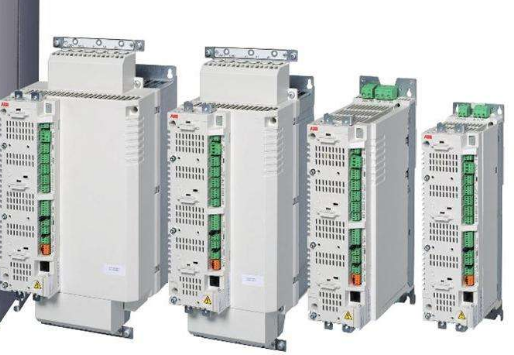In daily work, what should be paid attention to when selecting the inverter? First of all, we must know that the inverter can not be used normally under any circumstances, so it is necessary for the user to have more understanding of the load, environmental requirements and inverter.

1.
For long-term low-speed rotation, due to the higher heat generation of the motor and the cooling capacity of the fan is reduced, it is necessary to increase the reduction ratio or switch to a 6-level motor to make the motor run near a higher frequency.
2.
The installation site of the inverter must meet the requirements of the standard environment, otherwise it may easily cause failure or shorten the service life; the distance between the inverter and the drive motor is generally not more than 50 meters. If a longer distance is required, the carrier frequency should be reduced or the output reactance increased. The optional device can be operated normally.
3.
Selection of load type and inverter:
The load driven by the motor is different, and the requirements for the inverter are also different.
4.
Fans and pumps are the most common loads: the requirements for the frequency converter are the simplest, as long as the capacity of the frequency converter is equal to the capacity of the motor (air compressor, deep water pump, sediment pump, fast-changing music fountain need to increase capacity).
5.
Crane type load: The characteristic of this type of load is that the impact is large when starting, so the inverter needs a certain margin. At the same time, if you put your elbow under a heavy object, there will be energy feedback, so you need to use a braking unit or use a common bus.
6.
Uneven load: Some loads are sometimes light and sometimes heavy. In this case, the capacity of the inverter should be selected according to the heavy load, such as steel rolling machinery, crushing machinery, mixer, etc.
7.
Large inertia loads: such as centrifuges, punches, and rotary kilns in cement plants. Such loads have a large inertia, so they may oscillate at startup and have energy feedback when the motor slows down. An inverter with a larger capacity should be used to speed up the start and avoid oscillation. Cooperate with the braking unit to eliminate the feedback energy.
The monitor is a part of the closed-circuit monitoring system (CCTV). It is the display part of the monitoring system and the standard output of the monitoring system. With the display of the monitor, we can watch the images sent from the front end. As an indispensable terminal equipment of video surveillance, it ACTS as the "eye" of surveillance personnel and plays a key role in the post-inspection.
The traditional CRT monitor has advantages over the existing LCD in brightness, contrast and visual Angle, etc., but with the technical progress of LCD, its brightness and contrast have been improved to the level comparable to THE CRT, while the Angle of view of the existing LCD screen has been close to the absolute Angle of view, and there is no gap with the CRT. LCD monitors have advantages over CRT monitors in light weight, environmental protection and low energy consumption. In addition, LCD monitors can eliminate many problems of CRT monitors, mainly in five aspects:
1.LCD monitor can completely eliminate the problem of burn, that is, the long-term static and highlighted picture attenuates the fluorescence of CRT monitor, thus generating the phenomenon of ghosting.
2. The LCD monitor will not flash at all.
3. No aggregation of LCD monitor.
4. The LCD monitor is not magnetized and does not need to be eliminated.
5. The LCD monitor adopts fixed pixels, which will not produce geometric distortion.
Elo Open Frame Monitor,Open Frame Capacitive Monitor,10 Inch Open Frame Monitor,Lcd Monitor Open Frame
TONYA DISPLAY LIMITED , https://www.tydisplay.com